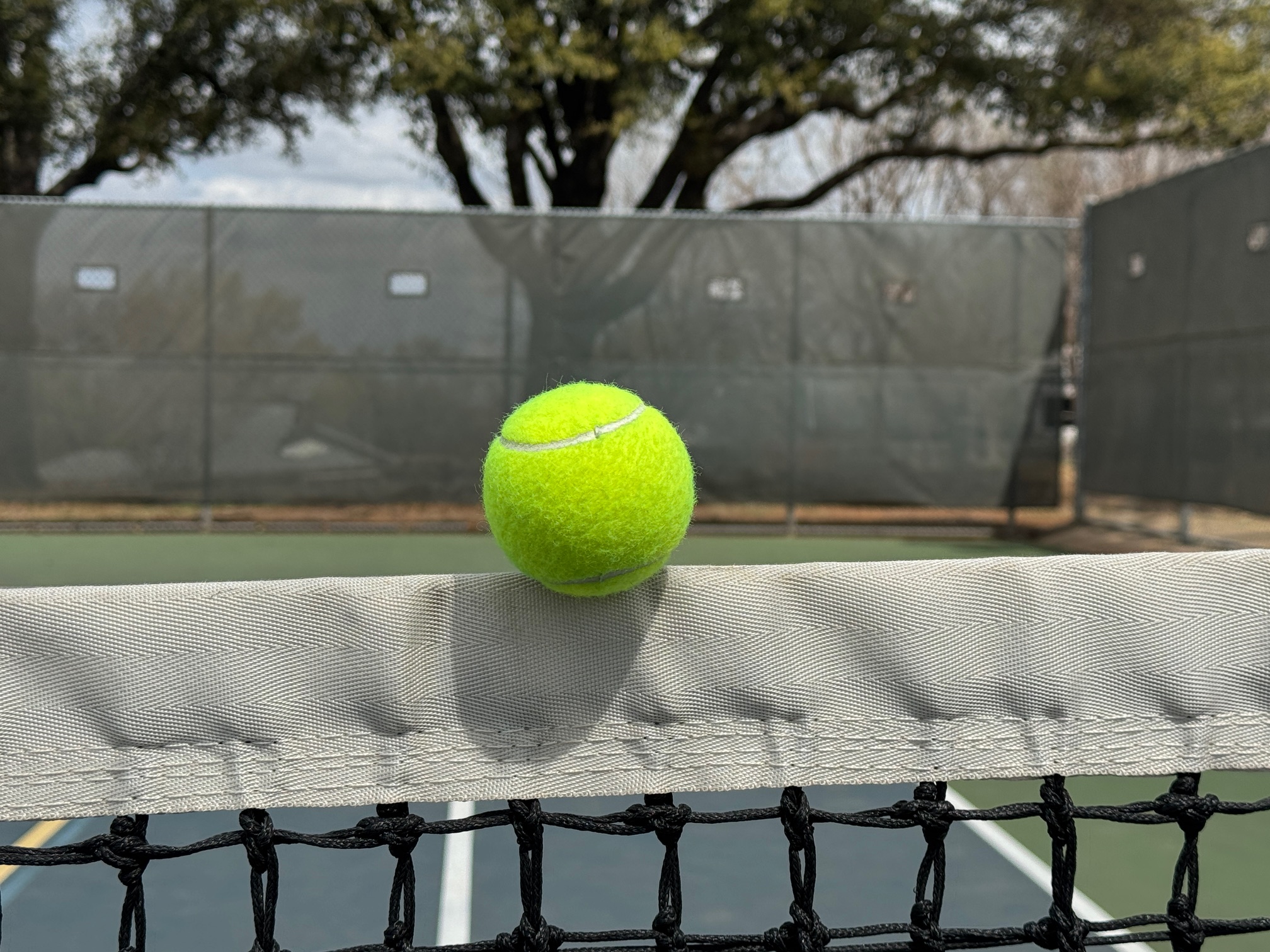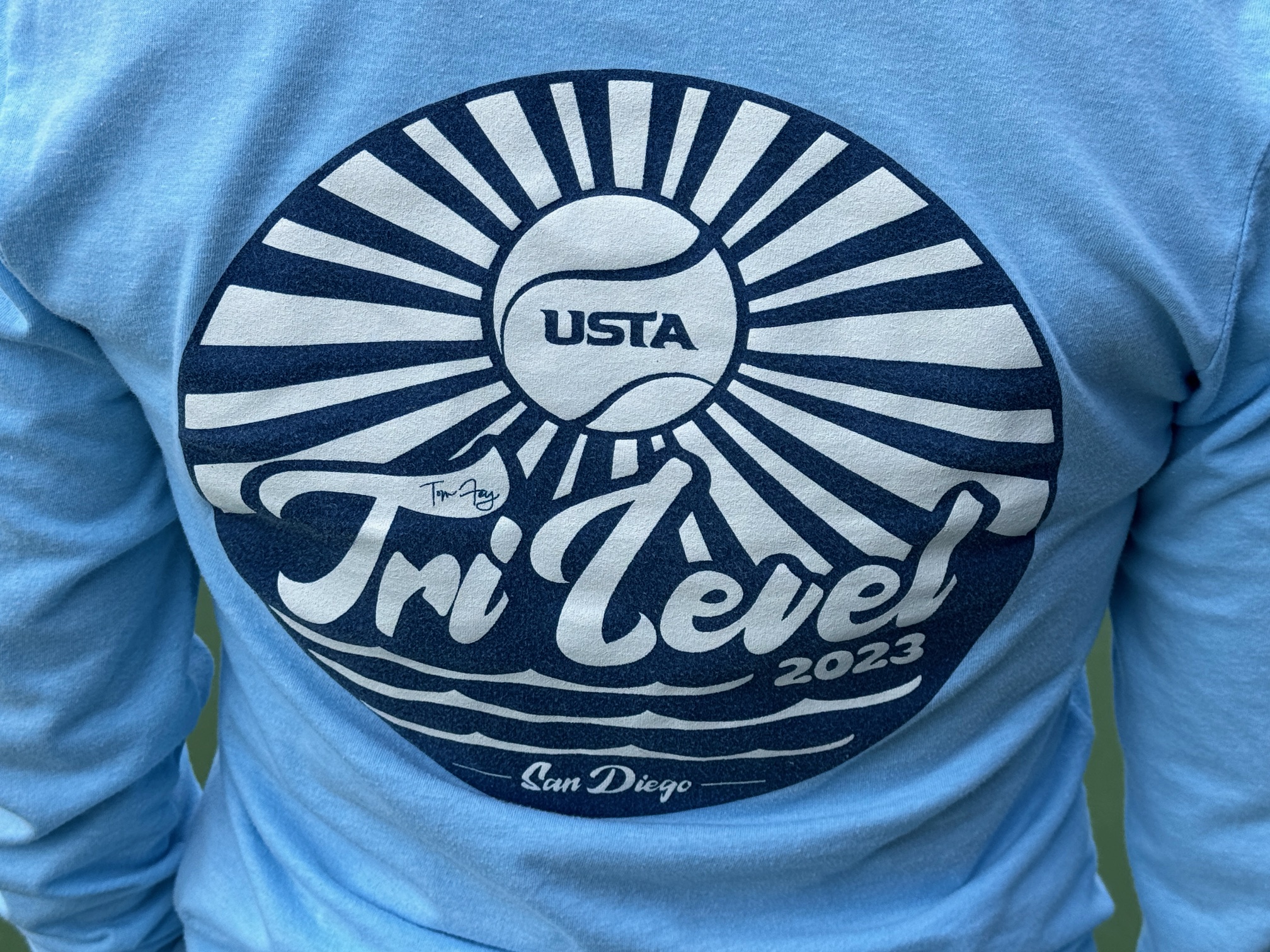I recently offered my doubles partner some coaching advice during the set break of one of her Singles matches at the Level 4 USTA Texas Sectionals Championship tournament. When I returned to the bleachers, other spectators questioned whether that was legal, which it is in that situation. This is a case where USTA League Play, coupled with sloppy understanding and derivation of the rules down to the local level, contributes to broad misperceptions about the rules of tennis.
This wasn’t the first time I had encountered the prevailing belief that coaching is not allowed in USTA Tennis. In fact, it technically isn’t even the case for USTA League Tennis, which is where the misunderstanding seems to be rooted. The following excerpt from the USTA League National Regulations describes when coaching is permitted in local league play and during championship events.
Coaching. When the scoring method is the best of three tiebreak sets and a 10 minute rest period is taken between the second and third sets, coaching is permitted only during this rest period.
2025 USTA USTA League National Regulations, 2.03G
It is important to understand that the best-of-three tiebreak sets format is rarely used in USTA League competition. It isn’t used at the National Championships or at the Sectional or local levels in my home Section. Instead, most USTA League play uses the best-of three-tiebreak sets but with a 10-point tiebreak in lieu of a third set. A 10-minute rest period isn’t used in that format, so no coaching.
Consequently, it isn’t accurate to say that coaching isn’t allowed in USTA League play. The correct way to express the restriction is that coaching isn’t allowed unless a full three sets are played. When that format is used, the set break is imposed by the regulations in the USTA Friend at Court. This is somewhat of an academic distinction since the format that requires a break when coaching is permitted is rarely used for USTA League competitions.
The Texas Section has two documents codifying its USTA League Operating procedures. Only one of those two mentions coaching. The “merged” Texas operating procedures are essentially a reprint of the USTA League National Regulations annotated with additional text reflecting any Texas-unique deviations or details. That document contains the original USTA League National regulation that was excerpted above without modification.
In other words, the USTA Texas Section League Operating Procedures do not prohibit coaching at USTA League events. Instead, the Section uses a format of play at its Championships where coaching isn’t allowed.
Drilling down to the local level illustrates where the confusion sets in. I am like most players in the DFW area who are “local” to USTA Leagues in Dallas and Fort Worth. The players competing on both sides of the metroplex are subject to two different league regulations.
Here is what the Dallas Tennis Association (DTA) regulations say about coaching:
Coaching is NOT allowed during USTA League or Championship play.
2024 USTA Local League Rules & Regulations, Dallas Tennis Association, 7L
The statement simply isn’t true. One potential way to fix this would be to say that no coaching is allowed during DTA Local League Play or DTA Local Championships, assuming that is the intent. A much cleaner way would be to say that coaching is allowed only if a full three sets are played. I don’t think a local league can override mandatory rest periods outlined in the USTA Friend at Court.
Swinging over to the Fort Worth side of this playing area reveals that the organization somehow managed to be even more wrong when establishing its coaching restriction:
There is no coaching in a USTA match.
2025 GFWTC League Regulations, Greater Fort Worth Tennis Association, 8A.
Coaching is absolutely allowed in USTA matches under certain circumstances. USTA Tournaments are one broad category of when that would be the case. In addition, the USTA League National Regulations absolutely allow it as described above. The USTA Friend at Court explicitly outlines how coaching is permitted during a rest period between sets. That must be done under Rule 30 of the ITF Rules of Tennis and during any other suspension of play under USTA Regulation III.D.
I am not suggesting that this particular example is a significant issue. However, it does highlight the need to scrutinize USTA League rules at the Sectional and local levels to ensure that those organizations don’t contradict regulations inherited from the parent organization or violate the spirit and intent of what is handed down.
I am confident that there are much more serious instances of this to be found.
- 2025 USTA League National Regulations, USTA Resource Document, April 14, 2024.
- 2024 USTA League National Regulations & Texas Operating Procedures, USTA Texas Resource Document, version 06.30.23.
- 2024 USTA League National Championships Handbook, USTA Published Document, viewed September 11, 2025.
- USTA Local League Rules & Regulations, Dallas Tennis Association, for USTA Championship Year 2024.
- 2024 GFWTC League Regulations, Greater Fort Worth Tennis Association, revised 11/23.
- Friend at Court: The Handbook of Tennis Rules and Regulations, USTA, 2024
- ITF Rules of Tennis, International Tennis Federation, 2024




It looks like coaching is only allowed for USTA league matches if a 3+ minute break occurs between sets or play is suspended with the players leaving the court. These 3+ minute breaks aren’t necessarily required either.
If certain USTA Texas districts override some USTA rules, is that not allowed? Is there a rule saying they can’t do that? Districts/sections are able to make their own decisions for certain things often.